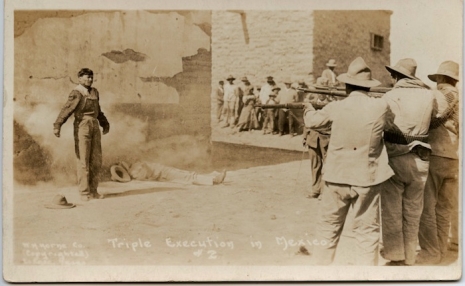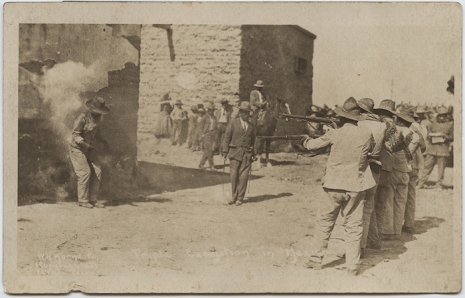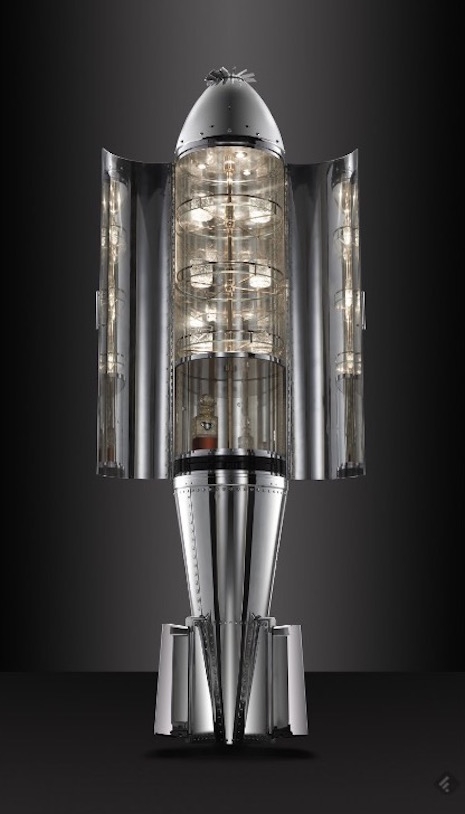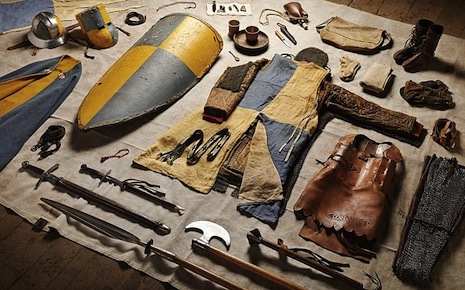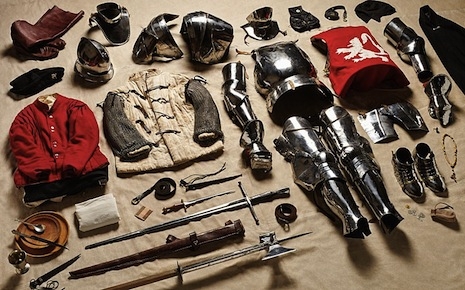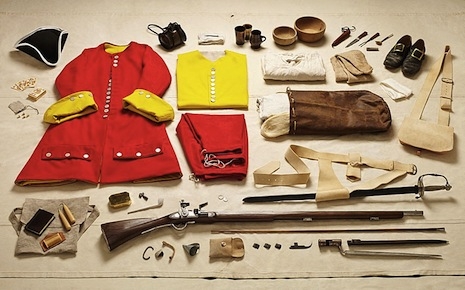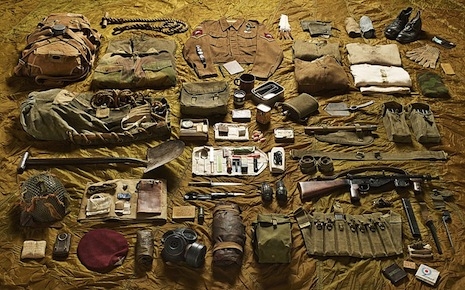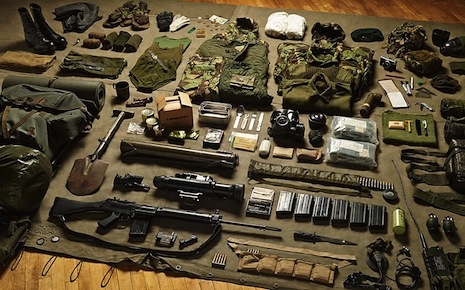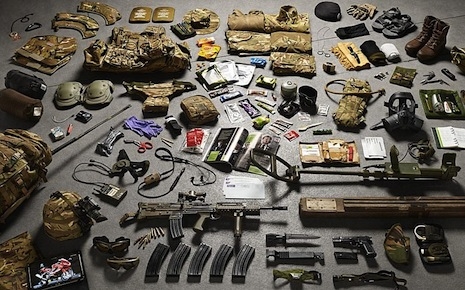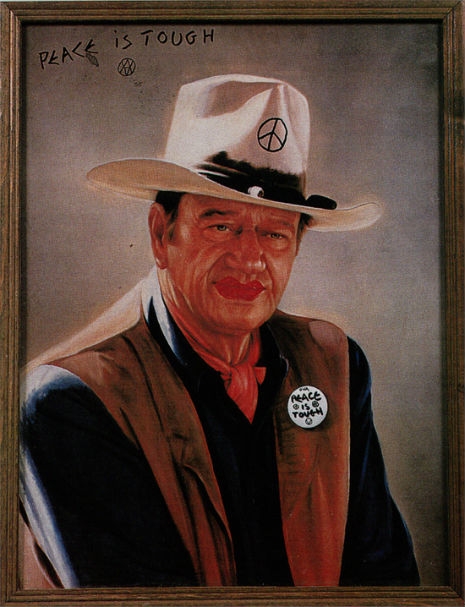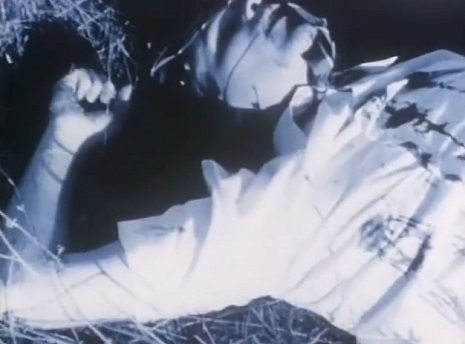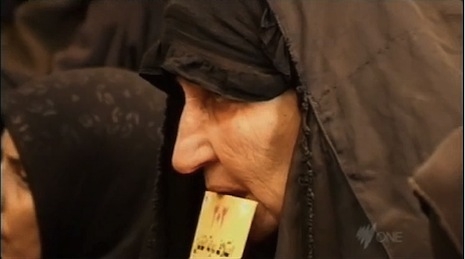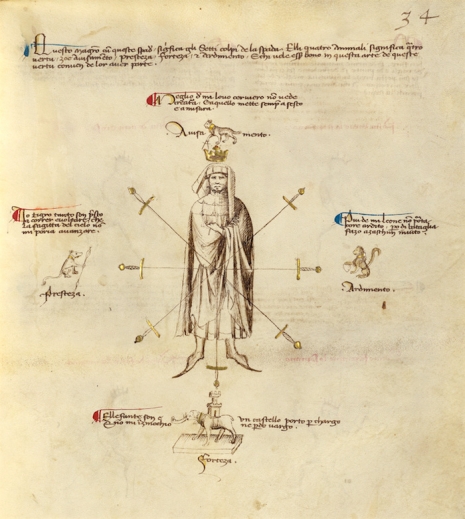
So, you want to learn how to fight like one of the world’s great duelists? Or maybe like a warrior from Game of Thrones? How about Jaime Lannister? Or, Brienne of Tarth? Or, maybe Bron or Ser Arthur Dayne, or even like the “Hound” Sandor Clegane? Well, you could do no better than seek some useful advice from one of the world’s oldest fencing manuals Flower of Battle (Fior di Battaglia, Flos Duellatorum) published in 1409 and written by the legendary Italian fencing master Fiore Furlano de Cividale d’Austria, delli Liberi da Premariacco or Fiore dei Liberi for short.
Del Liberi was an itinerant knight of the late 14th and early 15th-centuries, a man of action, an occasional diplomat, and a highly respected fencing master. He traveled across Italy, France and Germany training young condottieri in the art of swordsmanship and dueling. He was very particular in his choice of pupils and only taught those he considered to be worthy of his knowledge. On at least five separate occasions he fought duels of honor against those he refused to teach. Unsurprisingly, he always won. Though I’m sure his opponents would have picked up a few tricks from their humiliation.
It is not known when exactly del Liberi was born, though an estimate suggests he was born in Italy circa 1350. This is solely based on his introduction to the Flower of Battle where stated he had been training as a swordsman for “forty years or more.” As most swordsmen started learning their craft around the age of ten, this would make del Liberi in his fifties when he first started work on his combat manual Flower of Battle in the early 1400s.
Flower of Battle is a beautifully illustrated guide book split into several different sections explaining the intricacies of combat. These include top tips on wrestling, defenses against an enemy using a dagger, fighting with daggers (and not getting stabbed), fighting with a one-handed sword (and not getting killed), fighting with a two-handed sword (and not getting a hernia), as well as fighting in armor (without falling over), how to use a poleax (and win!), fighting with a longsword (and verily smite your enemies), and jousting and combat with a lance and spear (without falling off your horse). The teacher is identified with a gold crown on his head. The first set of illustrations in each section shows how to attack, the second how to defend.
The manual is believed to have been written for the wealthy nobleman Niccolò III d’Este who wanted his sons schooled in the art of combat—something that was essential for maintaining power in the tumultuous 15th-century. Only four editions of del Liberi’s Flower of Battle are known to exist. This one (in the public domain) is kept at the Getty where a full English translation of the book can also be found. Now that Canada has made dueling legal once again, it may be time to learn how to duel like the Italian master Fiore dei Liberi or at least like Jon Snow or Arya Stark.
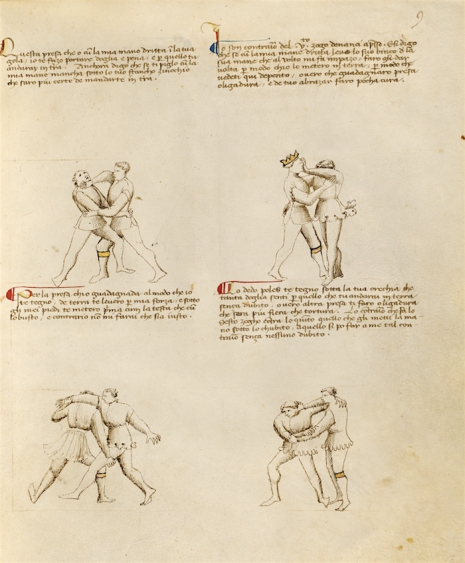
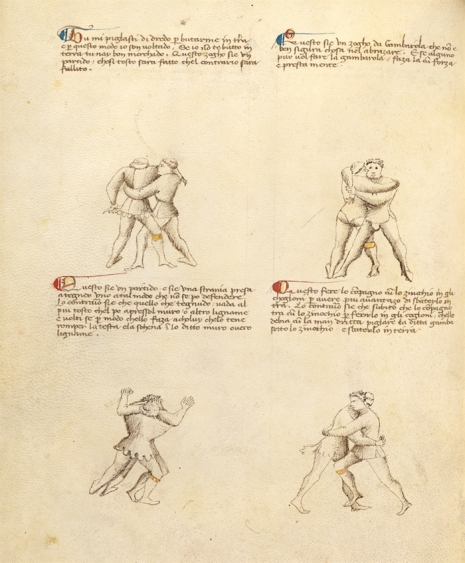
Hone up on your combat skills, after the jump…






